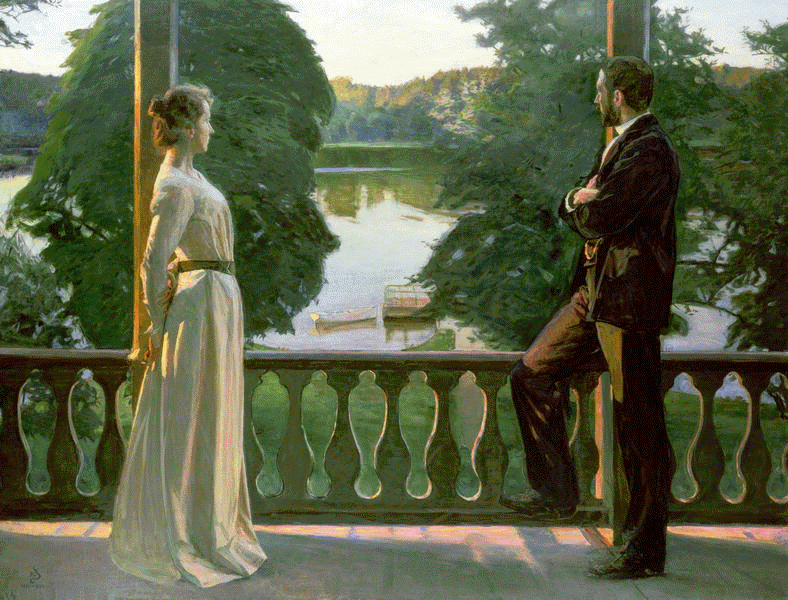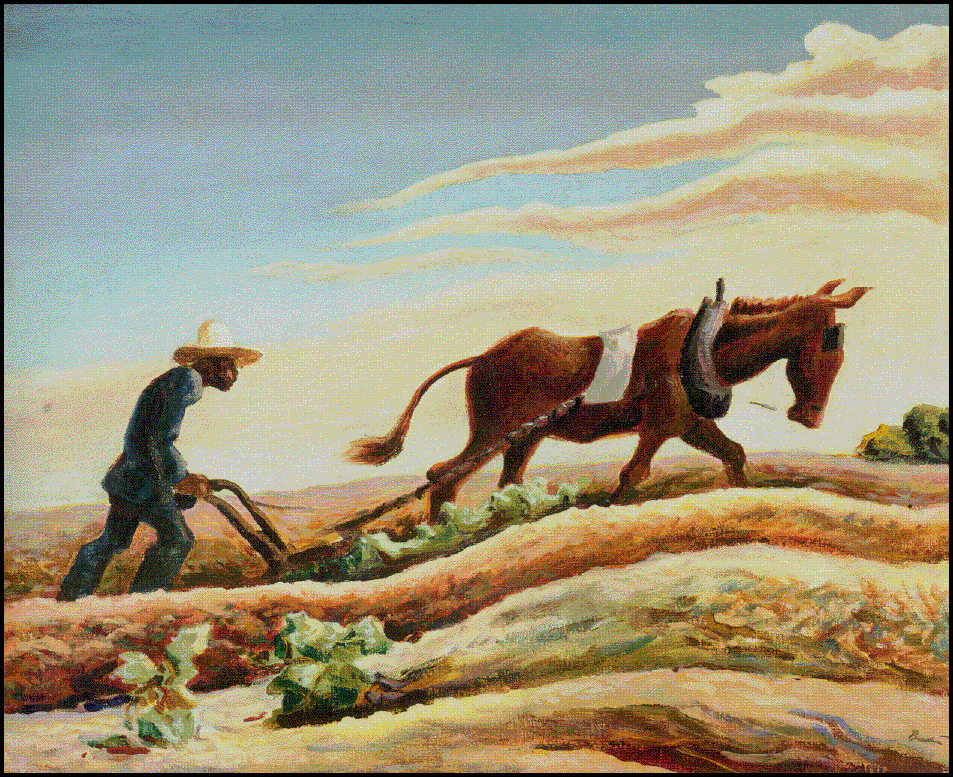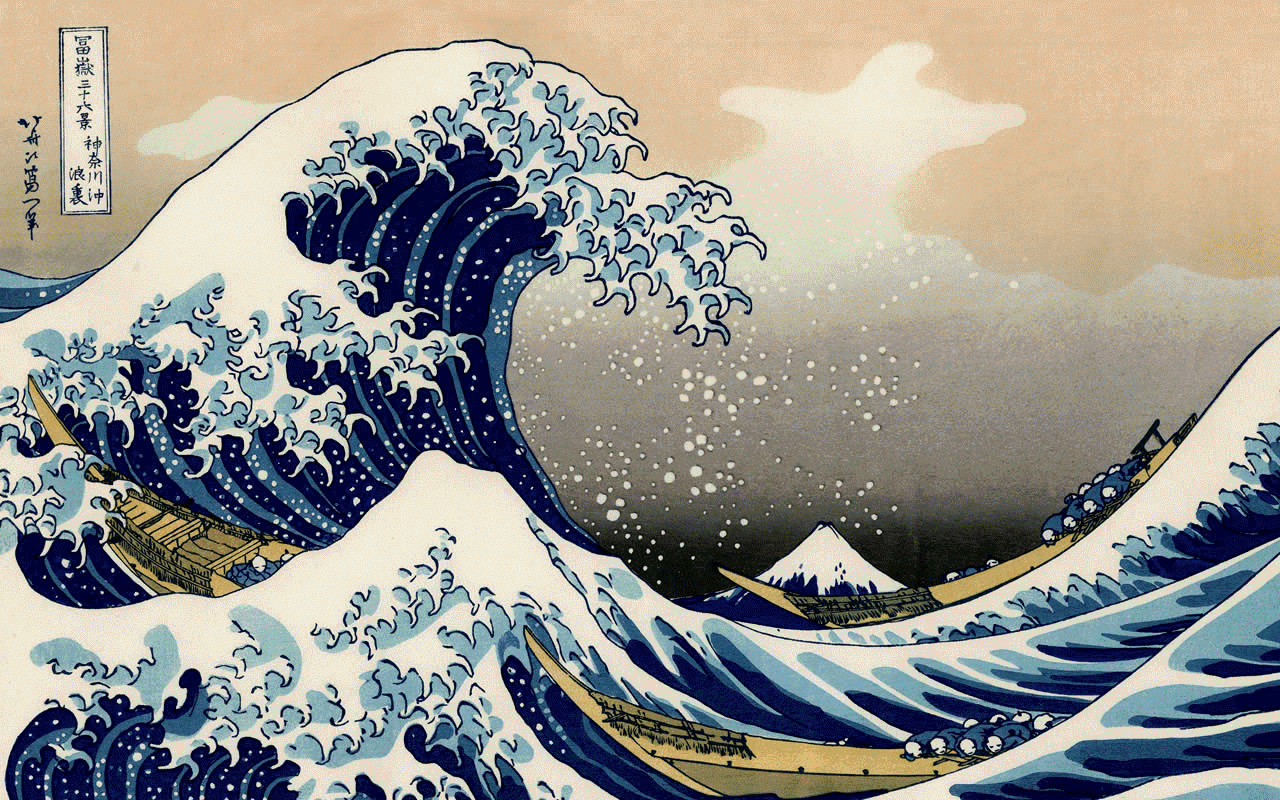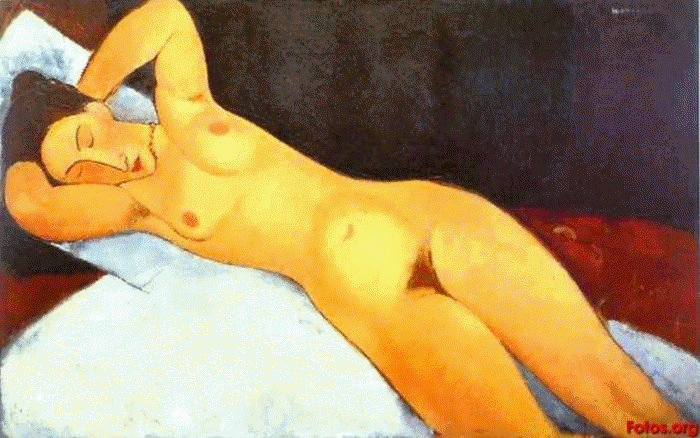Over 2,500 Works from
Cave to Contemporary
Foreword by Ross King
(DK)
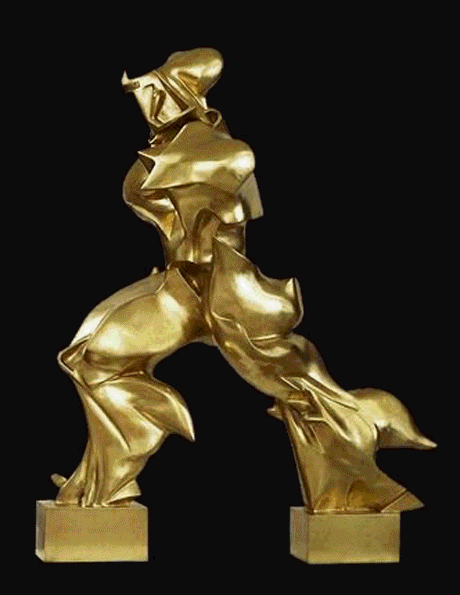
It was lovely: the book, not my toe. I had a chance to spend a goodly time with it, a few days at least. Almost worth it.
It's best not to drop Art. You might lose more than a toe in the process. It's over six hundred pages, tall, thick paper, heavy-duty. Ross King is here. If you like him (his book on Michelangelo was a show-stopper) don't hold your breath. King's essay barely weighs in at 600 words, in five-point type, on a quarter-section of the first page (the rest taken up by the wavy sun-moon-stars out of Van Gogh).
King is of the art-should-shock and make-you-a-better-person critical school, but don't you pay that no mind, as my beloved mother would say. If you've ever been to the Barnes Foundation, you might think differently. The paintings that stay with me fifty years after are not the drab Chiricos or Soutine's hanging, eviscerated dogsbodies ... nor even the sole dark Rembrant or the imposing Tintoretto ... but the plump-breasted, wispy-haired ladies by Renoir, the funny, chunky Cézannes ... and Matisse's elongated dancing figures over the windows of the main studio, commissioned by Barnes himself.
Art is heavy, in all senses of the word, according to King, and as an example he offers up Guernica. Well, I say it's a fine example of political art, but not necessarily art art: just a huge block of black and white canvas, sitting there, balefully ... glaring at you. Picasso's early stuff I suspect is far better, along with some of the things he tossed off near the end of his life: I've always been fond of his immensely popular sumi-esque sketch of a wobbly Don Quixote alongside a plump Sancho Panza.
